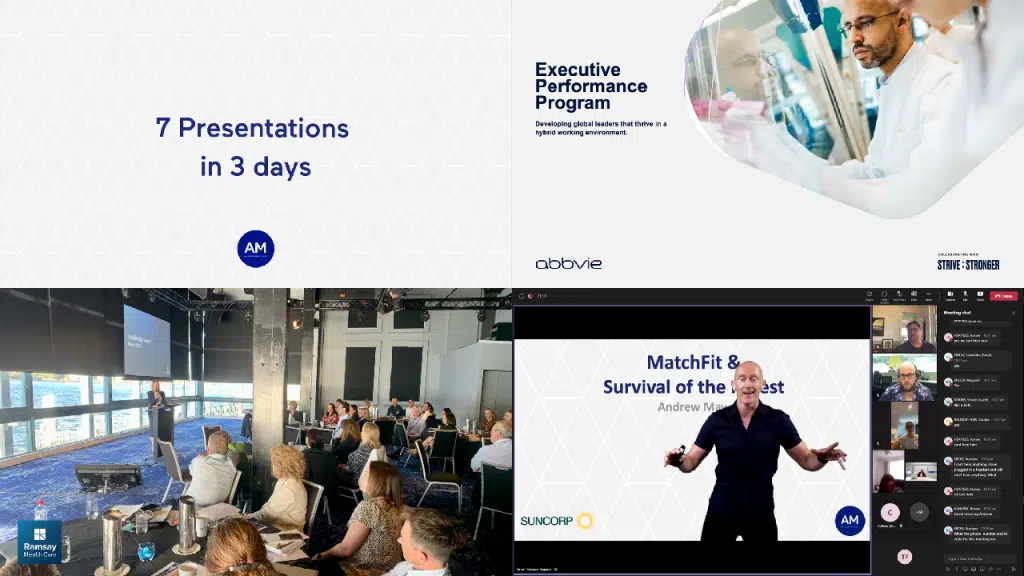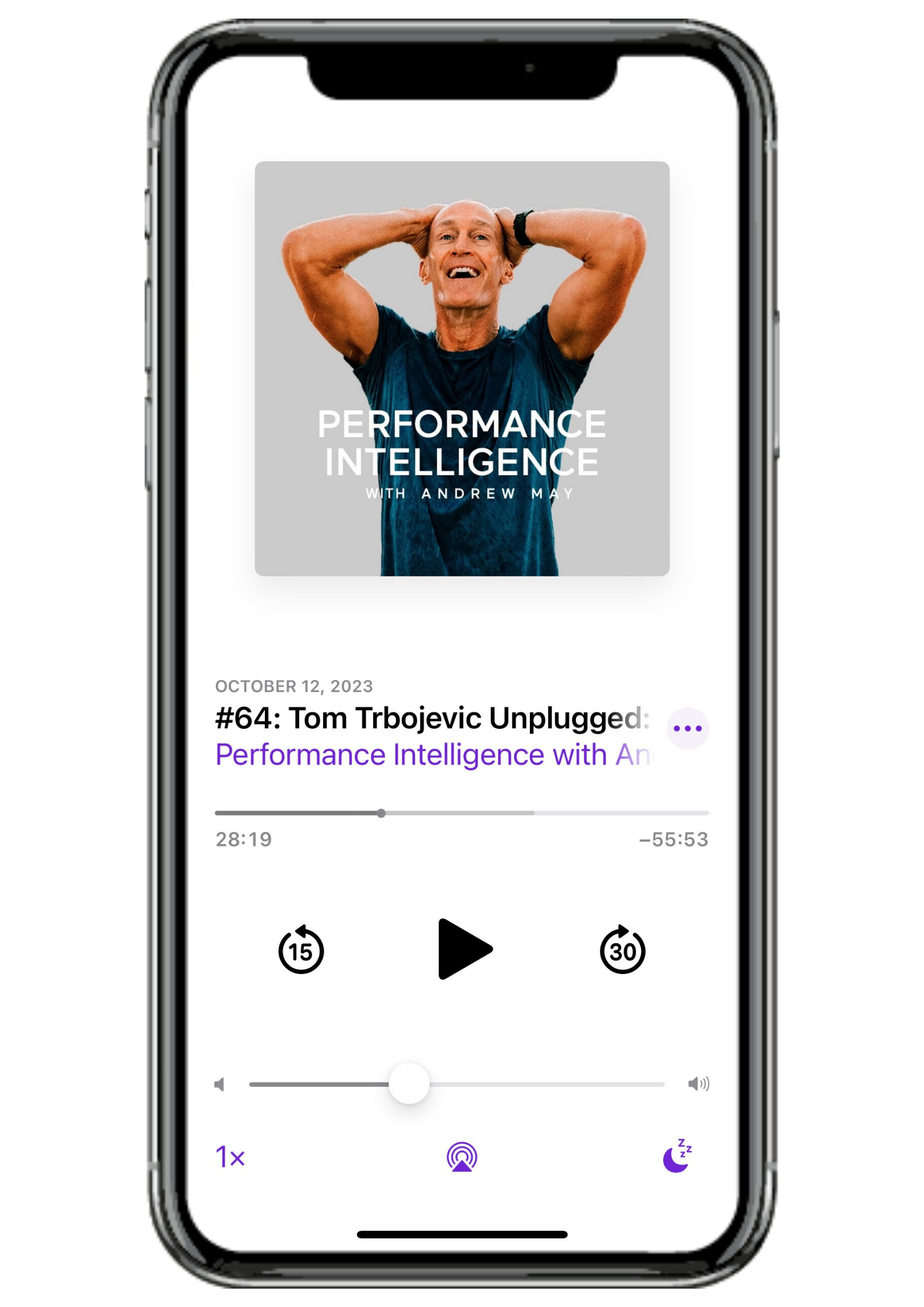We all like to feel good right? But, constant sensation seeking – and many of us are doing this unconsciously on our phones every day – can ultimately lead us to a place that doesn’t feel good at all.
Before we look at why this is happening, let’s take a quick look at what’s happening.
When it was first released in 2007, the iPhone was intended as an iPod that could make calls. Today the iPhone, with its apps, social media connectivity and internet access, it has become our “constant companion”.
96 per cent of Australian adults own a mobile phone (this is a higher percentage than those who own a computer or even a television).
Research has found the average Australian spends 7 or more hours a day on their phone, computer or tablet on our phones, and people are checking their phones up to 150 times a day.
We can’t even walk down the street without scrolling through our phone and even though checking our phone while driving means we’re 12 times more likely to have an accident, many people can’t resist – and I’ll hazard a guess that whatever they’re checking or whatever message they’re replying to isn’t so urgent it can’t wait till they reach their destination.
But, as digital addiction researchers from Bournemouth University explain, it can feel like a compulsion:
“People using digital media do exhibit symptoms of behavioural addiction… Often people feel the need to engage with digital devices even if it is inappropriate or dangerous for them to do so. If disconnected or unable to interact as desired, they become preoccupied with missing opportunities to engage with their online social networks.”
What’s interesting is research tells us that spending a lot of time on our phones, or on social media, makes us miserable, so why do we do it?
Well, it’s complex, but in no small part because our attention has been actively hijacked by technology companies who are manipulating us to spend more and more time on our phones – because the longer we spend, the more they make money – and it’s turning us all into dopamine junkies.
Smart tech is turning us into dopes
“People don’t succumb to screens because they’re lazy, but instead because billions of dollars have been invested to make this outcome inevitable,” computer scientist and New York Times columnist, Cal Newport writes in his new book Digital Minimalism.
According to the Facebook’s founding president Sean Parker, they actively exploited “a vulnerability in human psychology” to create an addictive product and developed features to give users “a little dopamine hit” and keep them clicking.
That’s why ‘likes’ were added to Facebook in 2009 (“social proof” keeps us clicking back in to check who has ‘liked’ us) and why the notification symbol for Facebook was changed from blue to red (it feels more urgent).
In a 2017 talk, Parker added that, from the outset, Facebook had a specific objective: “How do we consume as much of your time and conscious attention as possible?…
“It’s a social-validation feedback loop … exactly the kind of thing that a hacker like myself would come up with because you’re exploiting a vulnerability in human psychology.”
It’s not just Facebook.
It’s the idea of “scarcity” (a snap or status is only temporarily available, encouraging you to get online quickly); “personalisation” (your news feed is designed to filter and display news based on your interest); “variable reward schedules” and “variable-ratio reward schedules” (Instagram’s notification algorithms will sometimes withhold “likes” on your photos to deliver them in larger bursts); and “reciprocity” (invite more friends to get extra points, and once your friends are part of the network it becomes much more difficult for you or them to leave).
It is one-click check-out shopping, the way Netflix or YouTube videos autoplay the next clip or episode and it’s the way Twitter reloads when we “pull-down” the screen, a concept borrowed from Las Vegas casino slot-machines to keep us pulling the handle.
Each of these “features” is activating the same pathway in our brain, as Chamath Palihapitiya, former Vice President of User Growth at Facebook, admitted to an audience of Stanford students: “The short-term, dopamine-driven feedback loops.”
What is dopamine?
“Dopamine is a chemical produced by our brains that plays a starring role in motivating behaviour. It gets released when we take a bite of delicious food, when we have sex, after we exercise, and, importantly, when we have successful social interactions. In an evolutionary context, it rewards us for beneficial behaviours and motivates us to repeat them,” explains researcher Trevor Haynes from the Department of Neurobiology at Harvard Medical School.
Dopamine is often referred to as the “pleasure” chemical and frothily linked with sex, drugs and rock and roll.
But, dopamine is involved in many processes including regulating movement, attention and stimulating breast milk.
And while it is linked to the brain’s reward system, pleasure is only part of the picture. Experts explain that what actually drives dopamine (in this instance) is anything new and novel – so essentially it keeps us wanting more of something – sex, drugs, rock and roll or our phones – as we try to get that “hit” we got when he had it the first time, regardless of the pleasure involved.
Daniel Z. Lieberman, author of The Molecule of More, and a professor in the Department of Psychiatry and Behavioral Sciences at George Washington University explains: “The reason is that people will often do something that gives them pleasure, something that’s new, and then they’re surprised when the pleasure fades when they repeat it. And oftentimes, they will keep trying to get that back by doing more and more of it. It’s important they know that what really gave them pleasure was the novelty, the experience of something different.”
This helps to explain why we keep clicking back compulsively even though it stops feeling good. And, of course, the genius of the internet is that there is always something “new” and novel, so from a dopamine-perspective it’s little wonder we have an insatiable appetite. Add to that a little unpredictability and taking advantage of our dopamine-driven desire for social validation, we can suddenly find ourselves checking our phones at the slightest hint of boredom, purely out of habit.
A losing game
When we start filling each moment with our phones, we lose.
For starters, we lose solitude – the ability to be free from the input of other minds, which means we can still around other people but have a sense of solitude, if we’re not filling our minds with our phones.
“The smartphone provided a new technique to banish [the] remaining slivers of solitude: the quick glance,” Newport writes. “At the slightest hint of boredom, you can now surreptitiously glance at any number of apps or mobile-adapted websites that have been optimised to provide you an immediate and satisfying dose of input from other minds.
“It is now possible to completely banish solitude from your life.”
Solitude is “crucial” for creativity, innovation and strategising. When our brain is in processing mode, it is not making sense “to any significant degree” of the information it is receiving. It also allows us to think more deeply, developing greater insight into ourselves and giving us time to reflect on how our work and life is aligning with our values.
In a 2017 TED talk, technology ‘whistleblower” and former Google exec, Tristan Harris added we’re losing our ability to connect with others too:
“It’s not just taking away our agency to spend our attention and live the lives that we want, it’s changing the way that we have our conversations, it’s changing our democracy, and it’s changing our ability to have the conversations and relationships we want with each other.”
And of course, being connected to our phones all the time means we lose out on the way we feel.
The 2018 Deloitte Global Human Capital report noted that:
“Driven by the always-on nature of digital business and 24/7 working styles… more than 40 per cent of all workers face high stress in their jobs, negatively affecting their productivity, health, and family stability.”
What’s the solution?
The first step is becoming aware of the influences at play: namely, smart tech and chemicals in our body driving us to click.
In his talk to Stanford students, Palihapitiya suggested we all need to do some “soul-search[ing]” about our relationship with tech. “Your behaviours, you don’t realise it, but you are being programmed,” he said. “It was unintentional, but now you gotta decide how much you’re going to give up, how much of your intellectual independence.”
Heynes says we should question what we spend our time on.
“If you want to spend less time on your phone, there are a variety of strategies to achieve success. Doing things like disabling your notifications for social media apps and keeping your display in black and white will reduce your phone’s ability to grab and hold your attention. Above all, mindful use of the technology is the best tool you have. So the next time you pick up your phone to check Facebook, you might ask yourself, ‘Is this really worth my time?’”
Others, like Cal Newport, say we need to go a step further to claw back our attention and solitude and to recover from being the dopamine junkies that many of us have become.
He says we can ditch the podcast or music for the first 20 minutes of our commute, leave our phones in our cars or at home more often when we go out or, even better, try a digital detox followed by a diet of digital minimalism.
“Digital minimalism is a philosophy of technology in which you focus your online time on a small number of carefully selected and optimised activities that strongly support things you value and then happily miss out on everything else”.
It may seem extreme to go against the rapid current of technology, but Newport argues, what’s extreme is how much time everyone else spends staring at their screens.
HOW TO PRACTICE DIGITAL MINIMALISM
- Take a 30-day break from optional technology, that is the apps, websites and digital tools that our professional and personal lives aren’t dependent on.
- During the break, explore activities and behaviours that you find satisfying and meaningful.
- For each optional technology you reintroduce, ask what value it serves in your life and how you will use it to maximise this value.





